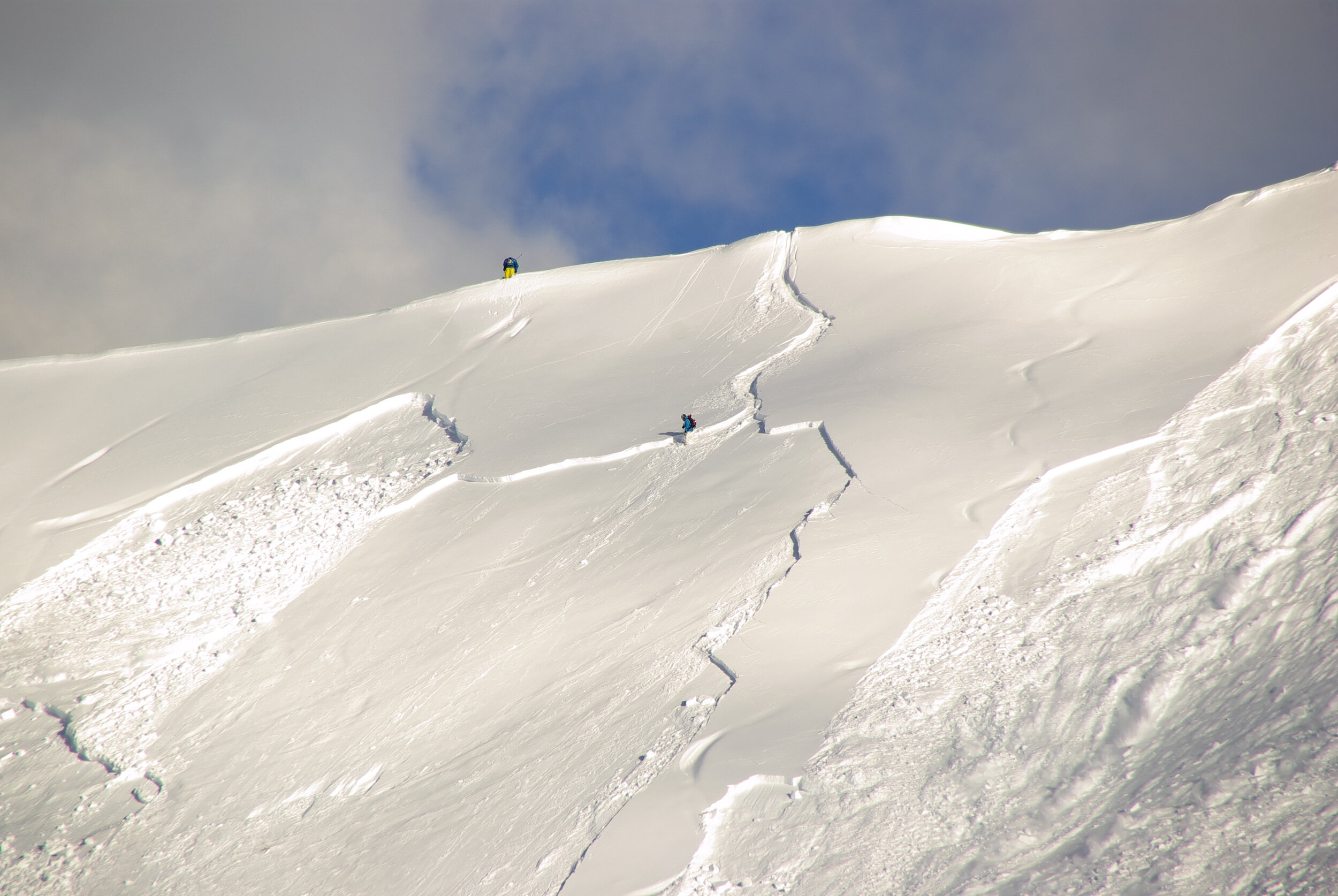
Avalanche Safety for Ouray areas
Persistent Slab avalanches can be triggered days to weeks after the last storm. They often propagate across and beyond terrain features that would otherwise confine Wind and Storm Slab avalanches. In some cases they can be triggered remotely, from low-angle terrain or adjacent slopes. Give yourself a wide safety As we enter the winter season make sure you are educated for backcountry use. Avalanches don't discriminate... Whether you are a snowmobiler, skier, or hiker, it is equally dangerous. See the five steps to help you know before you go.
Get out in front of backcountry danger. Colorado's backcountry is vast and beautiful, but it can change in an instant.
Visit http://www.Colorado.com/WinterBackcountry to learn more and get resources, and http://www.Colorado.com/Pledge to let us know you're exploring the backcountry safely this winter.
Know Before You Go (KBYG) is a free avalanche awareness program. Not much science, no warnings to stay out of the mountains, no formulas to memorize. In about an hour, you will see the destructive power of avalanches, understand when and why they happen, and how you can have fun in the mountains and avoid avalanches.
1) Get The Gear
-
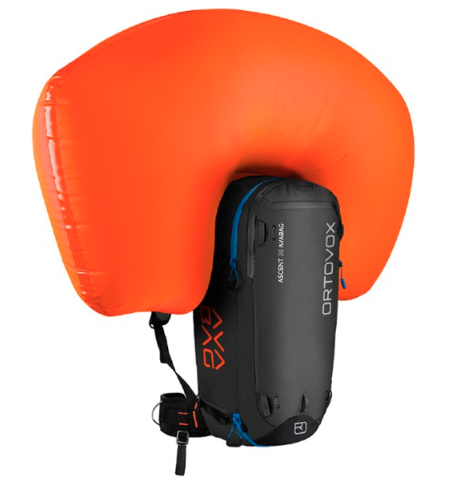
Avalanche Float Pack
An avalanche backpack is a backpack with an integrated avalanche airbag system. The avalanche airbag is basically a large balloon that inflates if you pull a cord or handle. The inflated airbag will make it less likely to be completely buried by an avalanche, potentially helping you to be rescued faster.
-
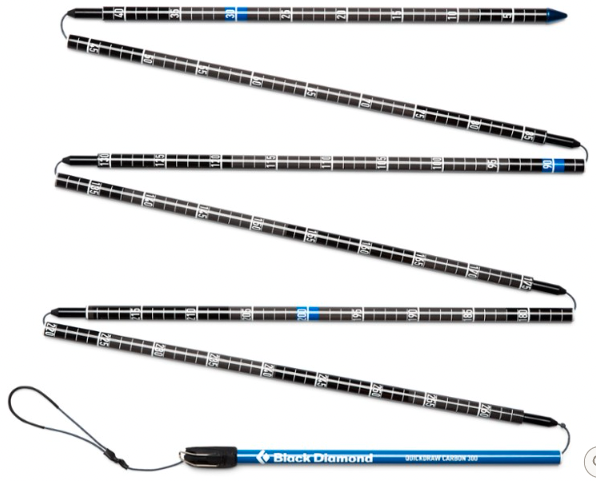
Collapsable Probe
A metal rod used to probe through avalanche debris for buried victims. Avalanche probes are a must for the backcountry. They can knock precious minutes off rescue times in an avalanche situation.
-
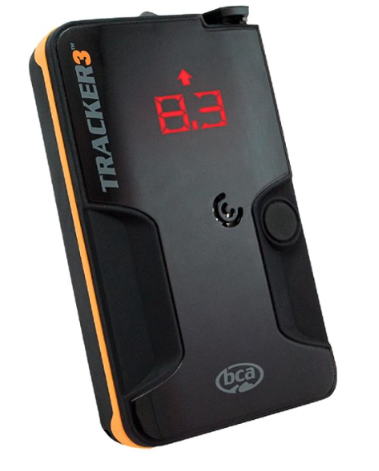
Transceiver
Transceivers are mechanical devices that combine a radio transmitter and a radio receiver. It can both transmit and receive radio waves for communication purposes. The transceiver is part of the network input card in a local area network. It can both send and receive messages over the network wire.
-
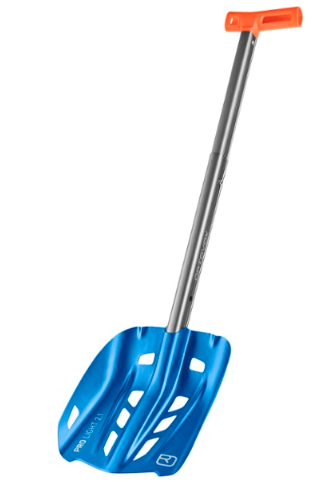
Collapsable Shovel
An avalanche shovel is more compact than a regular snow shovel. BCA Dozer shovels can be detached from the shaft to be easy to pack and carry into the backcountry. Research has shown that shoveling is the most time-consuming aspect of an avalanche rescue.
-
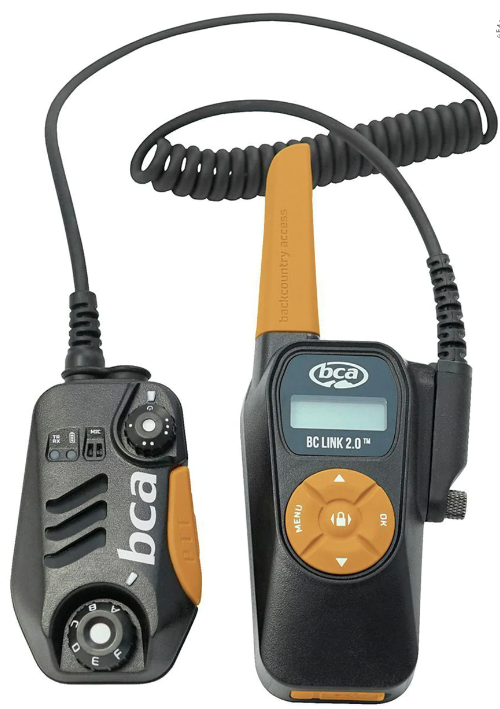
Radio
In a situation with an avalanche this is key for communicating with the rest of your group. Outside of avalanche danger, it is great to use for backcountry skiers, snowboarders, hut trips, snowmobiles, or snow bike users.
2) Get The Training
-
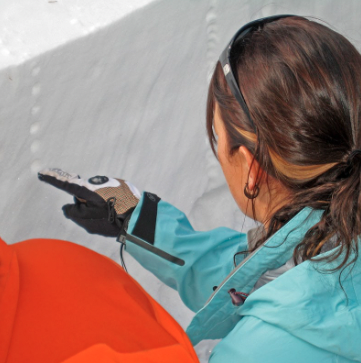
AIARE
AIARE avalanche training courses are action-packed, combining virtual classrooms and tons of field instruction to provide participants with a solid introduction to avalanche awareness and backcountry travel skills.
-

Cirque Guides
Cirque Guides offers:
Avalanche Rescue Course
Hut Bases Rec Level 1 Avy Course
Mentorship Day
Or Design Your Own Program
-
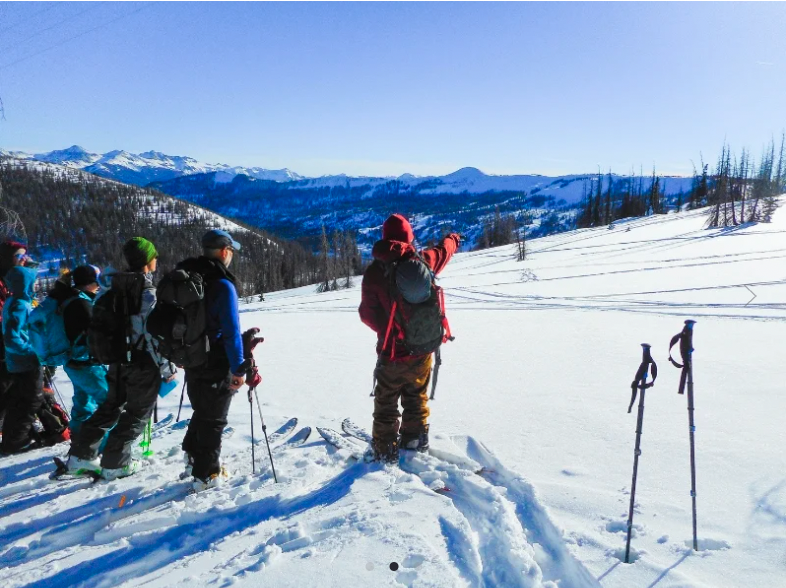
Mountain trip
Mountain Trip offers Level 1, Level 2, and Avalanche Rescue courses with Silverton Avalanche School curriculum designed to help those traveling in the backcountry during winter to expand their knowledge of risk management and practical rescue skills.
-
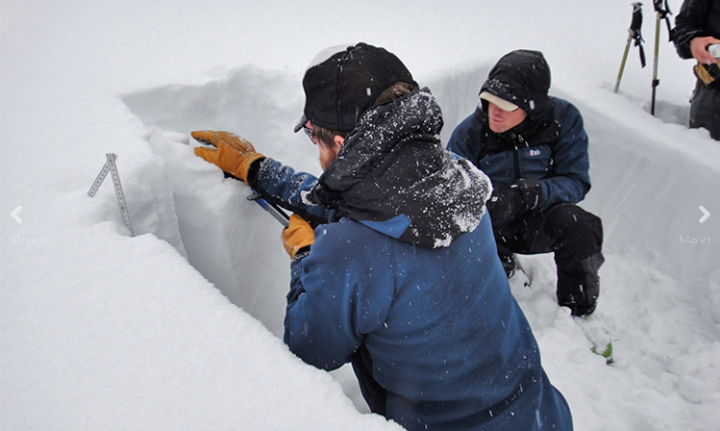
San Juan Mountain Guides
Guiding and instruction with an IFMGA or AMGA & Avy Certified/Trained Guide
AIARE Level 1 Course Manual
AIARE “Blue Book” Rite in the Rain Fieldbook
Use of latest avalanche gear & technology (beacon, probe, shovel from Ortovox)
Certification of Course Completion
3) Get the Forecast
-
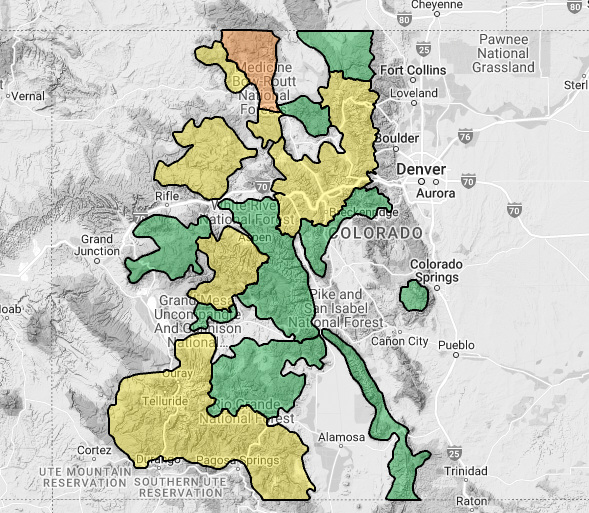
CAIC Forecast
Checking the CAIC Avalanche Forecast before heading into the backcountry is essential for staying safe in avalanche-prone areas like Ouray. The forecast provides up-to-date information on snow conditions, terrain risks, and weather factors that could impact your trip. Knowing the avalanche risk level helps you make informed decisions and ensures you can enjoy your winter adventure while minimizing danger.
-
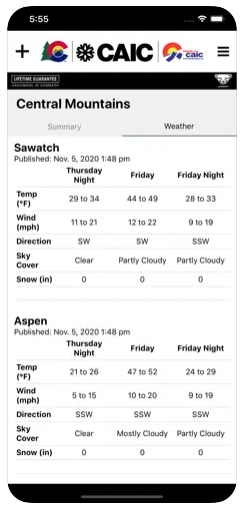
CAIC App
Downloading the CAIC app is a must for anyone venturing into Colorado's backcountry, including areas around Ouray. The app provides real-time avalanche forecasts, weather updates, and safety alerts right at your fingertips, helping you stay informed and prepared. With easy access to critical information, you can make smart decisions and reduce your risk, ensuring a safer and more enjoyable outdoor adventure.
Current Weather forecast for Ouray, Co
4) Get The Picture
-

Look for Fresh Snow & Tree Debris
When it comes to avalanche safety, looking for fresh snow and tree debris is a crucial indicator of recent slide activity. Fresh snow can create unstable layers in the snowpack, increasing the risk of an avalanche, while tree debris, such as broken branches or uprooted trees, often signals a recent avalanche path. By being aware of these signs, you can better assess the terrain and avoid hazardous areas, helping to ensure a safer journey in avalanche-prone regions like the San Juan Mountains.
-

Watch for Cracks
Spotting cracks in the snow is a key warning sign when assessing avalanche safety. Cracks that shoot out from your feet or ski tips indicate instability in the snowpack, meaning the layers of snow are weak and prone to sliding. These cracks suggest that an avalanche could be triggered, even from a distance. Being mindful of this critical sign allows you to avoid dangerous terrain and helps ensure a safer backcountry adventure in areas like Ouray.
-

Know Your Route
Description goes hereKnowing your route is vital for avalanche safety and overall preparedness in the backcountry. By planning ahead, studying maps, and understanding the terrain, you can avoid dangerous areas prone to slides, such as steep slopes and terrain traps. A well-thought-out route helps you navigate more safely, reduces risk, and ensures you have alternate plans in case conditions change, allowing for a more confident and secure adventure in the mountains.
5) Get Out of Harm's Way
-

Stay Safe
If there’s even the slightest chance you think an avalanche could trigger, don’t take the risk. A few minutes of adrenaline is never worth risking your life or someone else’s. Always avoid stopping in avalanche paths or runouts, as these are the most dangerous areas in the event of a slide. When parking, make sure to park on the outsides of the path to minimize exposure and keep yourself and others safe. Staying cautious and aware is key to making it back from your adventure safely.
Slab Avalanches.
Remote triggering is a nefarious feature of Persistent Slab avalanches. With certain snowpack conditions, we can start a crack on a low-angle slope that travels through the snow to a steeper slope, releasing an avalanche.
Unstable Snowpack.
Backcountry riders triggered three large avalanches remotely on December 24, 2020. A remote-triggered avalanche is one the occurs away from the point where they are triggered. They can be unpredictable, wide, and very dangerous.

